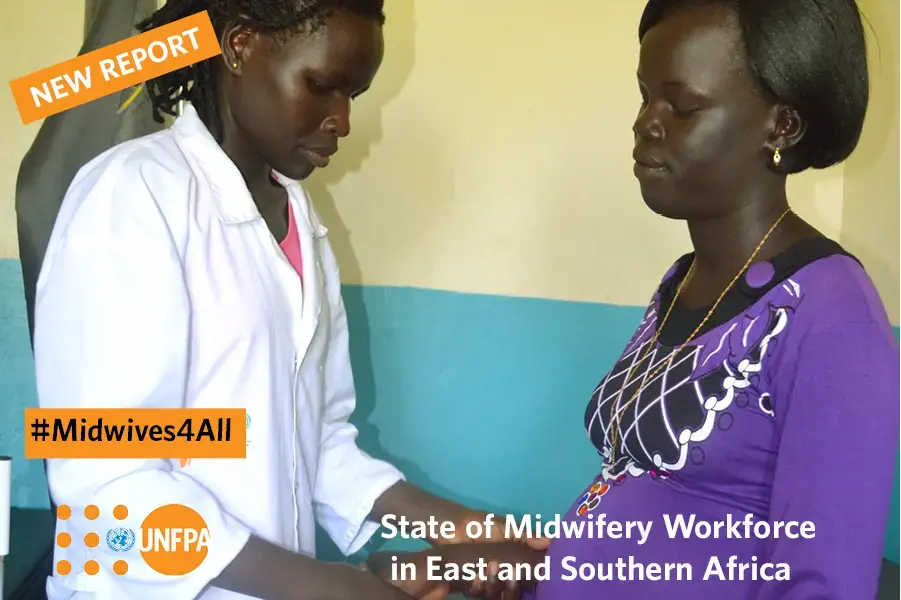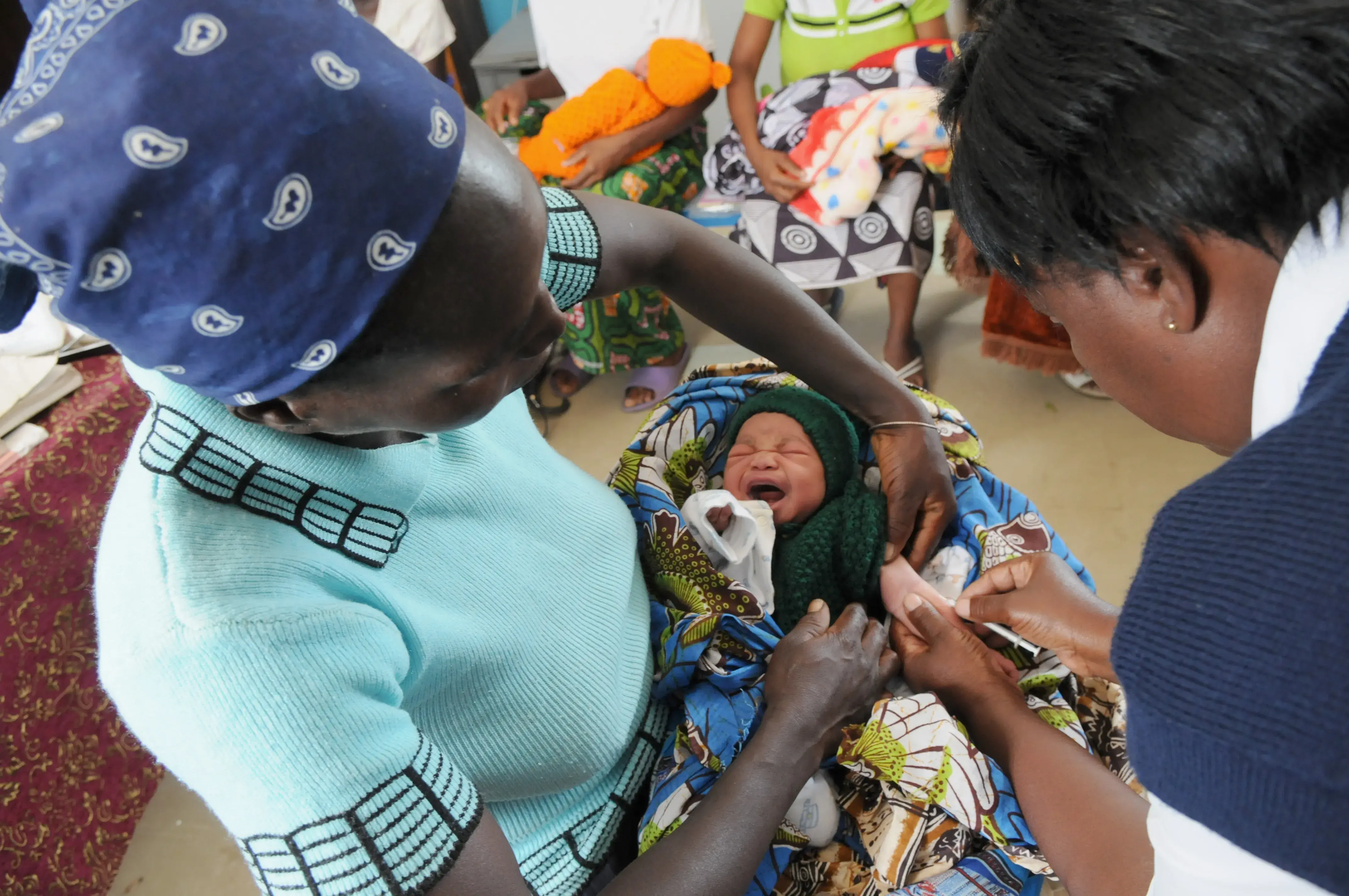This report takes its inspiration from the United Nations Secretary-General’s Every Woman Every Child initiative, which calls for countries to do everything possible to protect the lives and futures of all women, children and adolescents. It follows the approach used for the
State of the World’s Midwifery 2014 report, but focuses on 21 of the 23 countries in the United Nations Population Fund (UNFPA) East and Southern Africa region.
The report has been coordinated by the UNFPA East and Southern Africa Regional Office. It provides an evidence base to support policy dialogue at national and regional levels, to assist countries in the region to meet the challenges of the Sustainable Development Goals relating to sexual, reproductive, maternal, newborn and adolescent health (SRMNAH).
A strong workforce is essential to the success of UNFPA’s strategies for improving SRMNAH – increased coverage of skilled attendance at birth, family planning, postnatal care and emergency obstetric care.
Understanding the current state of the SRMNAH workforce is necessary to identify the specific challenges, gaps and bottlenecks which need to be addressed in order to strengthen the workforce, and to consider suitable strategies for overcoming them.
The evidence and analysis in this report are structured according to the four domains that determine whether a health system and its workforce are providing effective coverage, i.e. whether women are obtaining the SRMNAH care and services they want and need. These four domains are: availability, accessibility, acceptability and quality.
All countries, whether their potential met need estimate is high or low, should address the identified challenges to the provision of an SRMNAH workforce that is accessible, acceptable and of high quality. Depending on the country context, this may require action in several areas.





